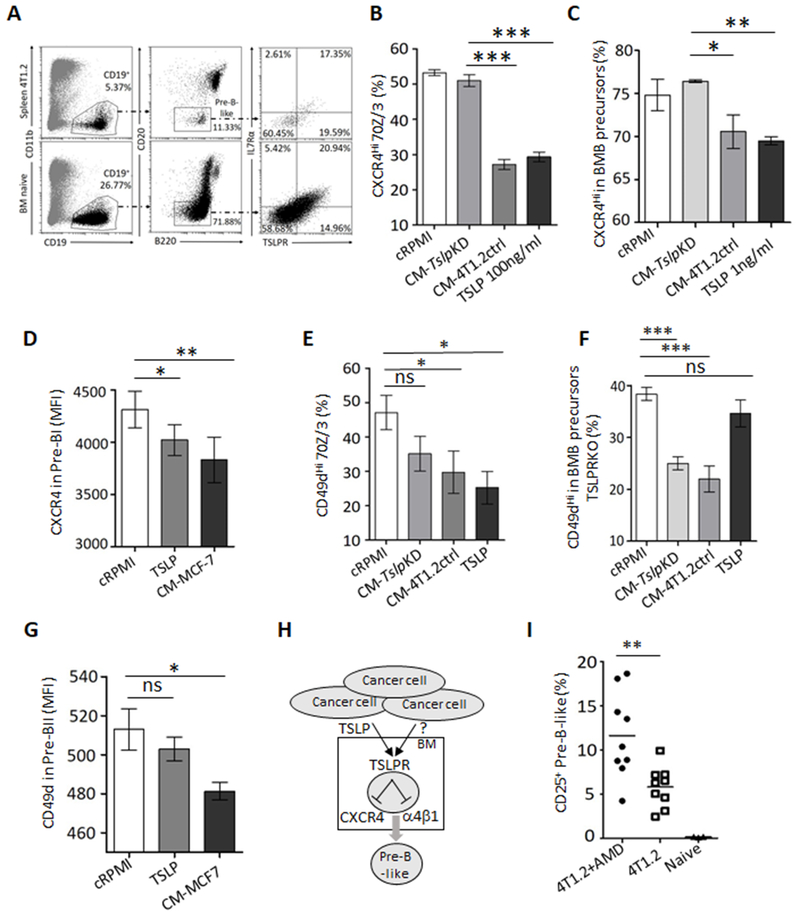Figure 4. Cancer-produced TSLP targets receptors of BM retention in B-cell precursors.
Representative FACS dot plots show that BM and splenic B-cell precursors express both chains of TLSPR, TSLPR, and IL7Rα in mice with and without 4T1.2 cancer (n=5, A). Compared with cRPMI or CM-TslpKD, treatment with TSLP or TSLP-sufficient cancer medium (CM-4T1.2ctrl) downregulates expression of CXCR4 on the surface of 70Z/3 pre-B cells (%, B) and early B-cell precursors from BM of mice (%, C) and pre-BI cells from BM of humans (D, MFI in CD34+CD10+ IgM−CD19+). TSLP also downregulates α4β1 integrin (CD49d) on the surface of 70Z/3 cells (CD49dHi, E). In contrast, only cancer CM inhibits CD49d on the surface of early BM B-cell precursors from BM of WT (E) and TSLPR KO mice (%, F) and human BM pre-BII cells (G, MFI) independently of TSLP. Shown are results after overnight treatment with murine TSLP (100 ng/ml, B, E, and F; and 1 ng/ml, C) and human recombinant TSLP (500 ng/ml, D and G) at 100 ng/ml (B, D–F) and 1 ng/ml (C); or CM-TslpKD and CM-4T1.2ctrl (16% in cRPMI, B and C) and CM from MCF7 cells (50% in cRPMI, D and G). The accumulation of CD25+ pre-B-like cells in BALB/c mice with 4T1.2 cancer was further increased by inhibition of CXCR4 signaling (AMD3100, 200 μg/mouse, n=9, I). Shown are representative results from experiments reproduced at least twice . P-values were calculated with Welch’s t-test (B–G) and with Mann-Whitney Wilcoxon (I). The summary figure to show that by acting via TSLPR, cancer-produced TSLP downregulates CXCR4 and α4β1 integrin in BM B cell precursors, presumably causing their detachment and emigration from BM (H).

